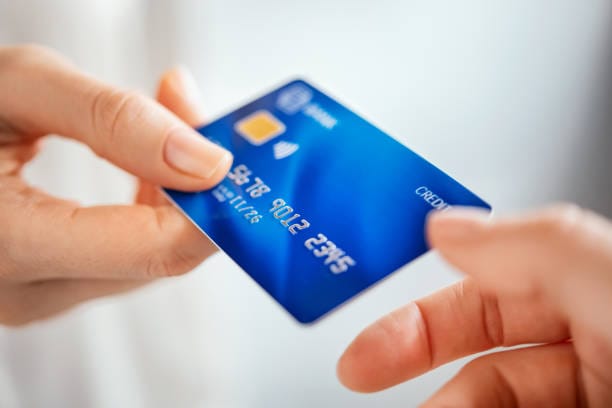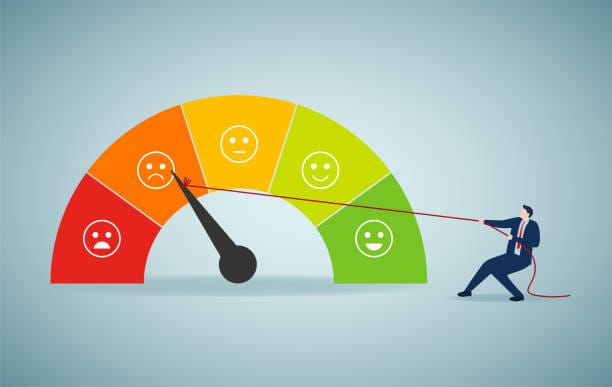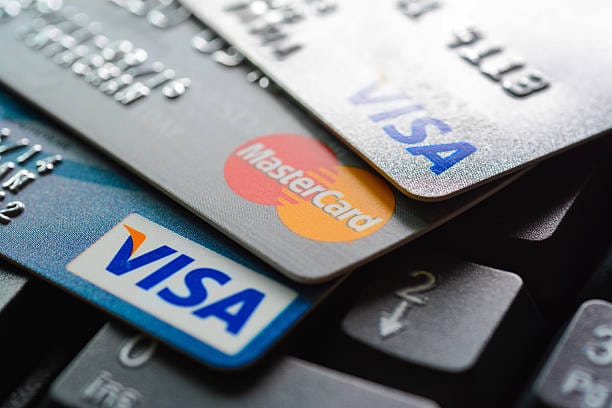Credit Card Billing Cycle Explained: How It Works and Why It Matters

Understanding how your credit card billing cycle works is key to using your credit card wisely. Many users in India rely on credit cards for everyday purchases, bill payments, and even travel. However, most are unaware of how their billing cycle affects everything, from the credit card due date to the interest-free period on credit cards.
A billing cycle is not just a date range; it's the foundation of your credit card usage. It determines when you’re charged, how much time you have to repay, and whether or not you’ll be charged interest. Knowing your billing cycle helps you avoid late fees, plan your spending, and improve your credit score by making timely bill payment add entries.
In this blog, we’ll simplify the concept of the credit card billing cycle, how it works in India, and why mastering it can significantly improve your financial health.
Understanding the Credit Card Due Date and Billing Cycle Meaning
Your credit card due date and billing cycle are directly linked, and understanding this connection can save you money and stress.
What Is the Billing Cycle? (Billing Cycle Meaning)
A credit card billing cycle is the period during which your credit card transactions are recorded. It usually spans 28 to 31 days, depending on your card issuer.
At the end of the cycle:
- Your statement is generated
- You get a fixed number of days (usually 15–20) to repay the total due
- This grace period is your interest-free period
For example: If your billing cycle is from 1st to 30th June, your statement is generated on 30th June, and your due date could be 15th July.
What Is a Credit Card Due Date?
The credit card due date is the last date to repay your bill without incurring interest or penalties. Missing this date can affect your credit report and lower your credit score.
5 Simple Things to Know About How the Billing Cycle Works
Knowing how your billing cycle functions can help you optimise your card usage.
1. The Billing Date Sets the Clock
Your billing date (or statement date) closes the cycle and generates the bill. Any transaction after this date moves to the next cycle.
2. Interest-Free Period Is Linked to It
The interest-free period on credit cards starts from the date of a transaction and lasts up to your due date. The earlier in the cycle you spend, the longer the interest-free window.
3. Payments Before Due Date Are Crucial
Making a full payment before your credit card due date keeps your usage healthy and improves your credit score.
4. EMIs and Minimum Payments Still Count
If you convert purchases to EMIs or pay only the minimum due, your card attracts interest, even if the due date hasn’t passed.
5. Credit Report Impact
Late payments are reported to credit bureaus. Services like GoodScore track your credit behaviour and reflect it in your credit report.
Best Tips to Maximise the Billing Cycle and Stay Interest-Free
Using your billing cycle smartly means paying less interest and improving financial discipline. Here’s how:
1. Know Your Billing and Due Dates
Track your cycle and due date to plan high-value purchases. Most banks allow you to view or change billing dates to suit your income schedule.
2. Time Your Purchases
Make large purchases right after the new billing cycle starts to enjoy a full interest-free period.
3. Avoid Minimum Payments
Always try to pay the total due, not just the minimum, to stay interest-free and maintain a strong credit report on GoodScore.
4. Automate Your Payments
Set reminders or use a bill payment add feature to avoid missing due dates and hurting your credit score.
Conclusion
Understanding your credit card billing cycle is not just about dates—it's about taking control of your finances. From knowing when your statement is generated to using the interest-free period credit card users enjoy, you can make smarter decisions, avoid interest charges, and stay on top of your credit report.
Ready to take the next step? Check your credit score now with GoodScore to monitor your payment behaviour and improve your credit profile.
FAQs
1. How does the credit card billing cycle work in India?
A: The billing cycle records all your card transactions within a fixed time frame (usually 30 days). After it ends, you receive a statement and must pay by the credit card due date to avoid interest. This cycle is standard across most banks in India.
2. How to calculate the credit card billing cycle?
A: Check your card’s statement date and due date. Your billing cycle usually starts the day after the previous statement was generated and ends on the current statement date. Count the number of days between these to know your billing period.
3. What is the best time to use a credit card after bill generation?
A: The best time is right after the statement date or the start of the new billing cycle. This gives you the maximum interest-free period on credit cards, usually up to 45–50 days.
4. How does the billing date affect credit card interest?
A: If you spend just before the billing date, you get a shorter grace period. But if you spend right after, you get a longer interest-free period, reducing the chances of interest charges, provided you pay on time.
5. How can I understand the credit card payment cycle better?
A: Track your billing and due dates via your bank’s app or statement. Set alerts to remind you of payment deadlines. Use tools like GoodScore to monitor your credit behaviour and ensure timely credit payment add activity.



